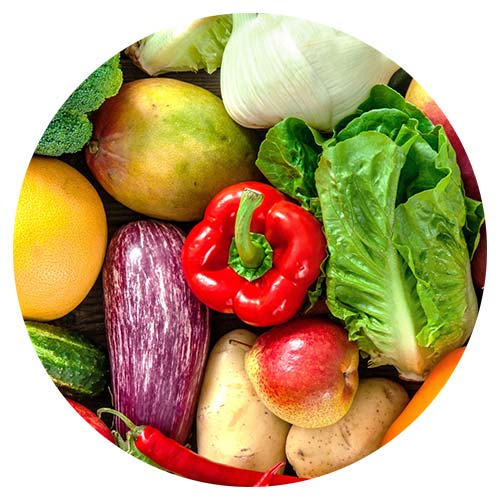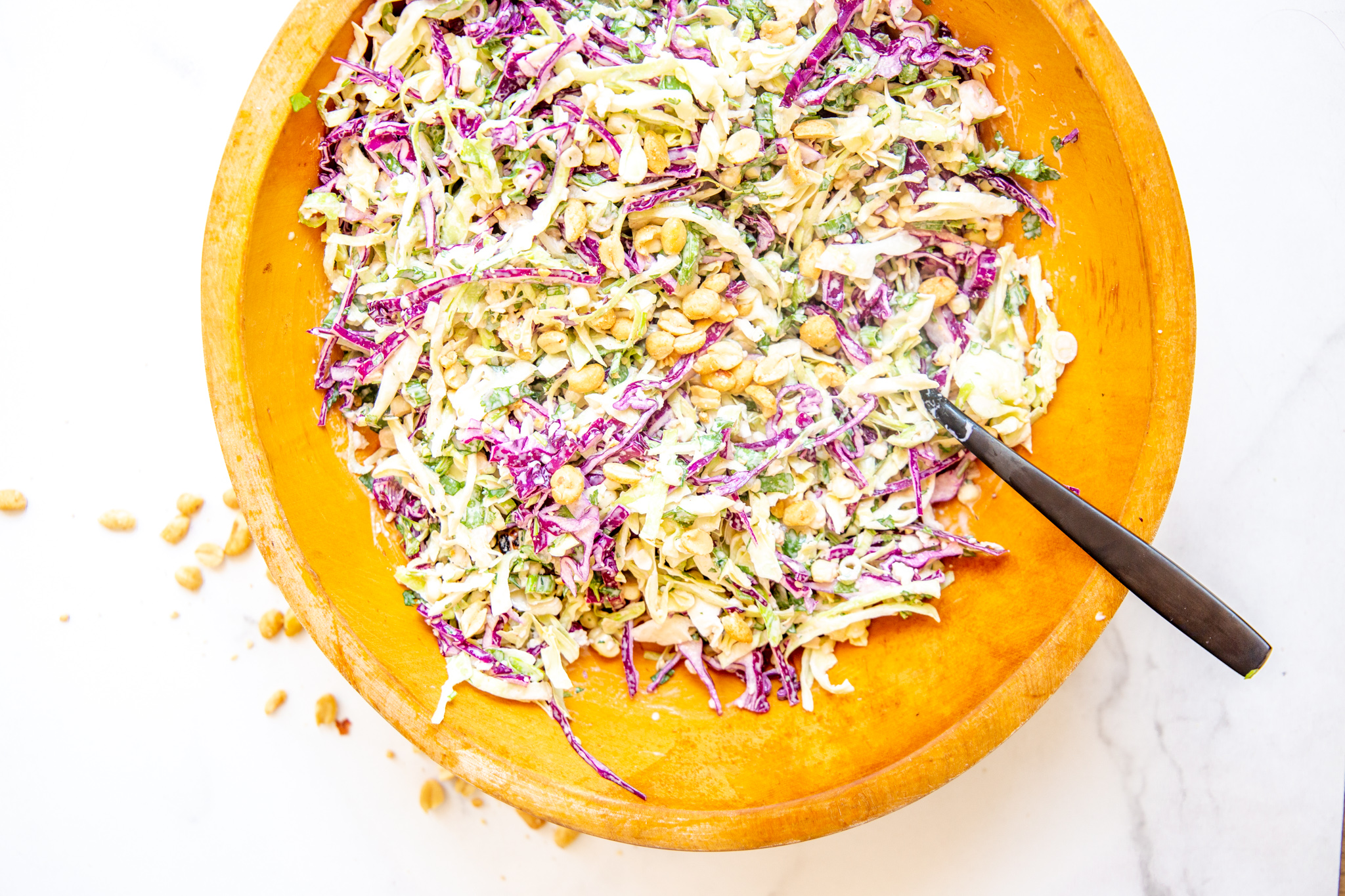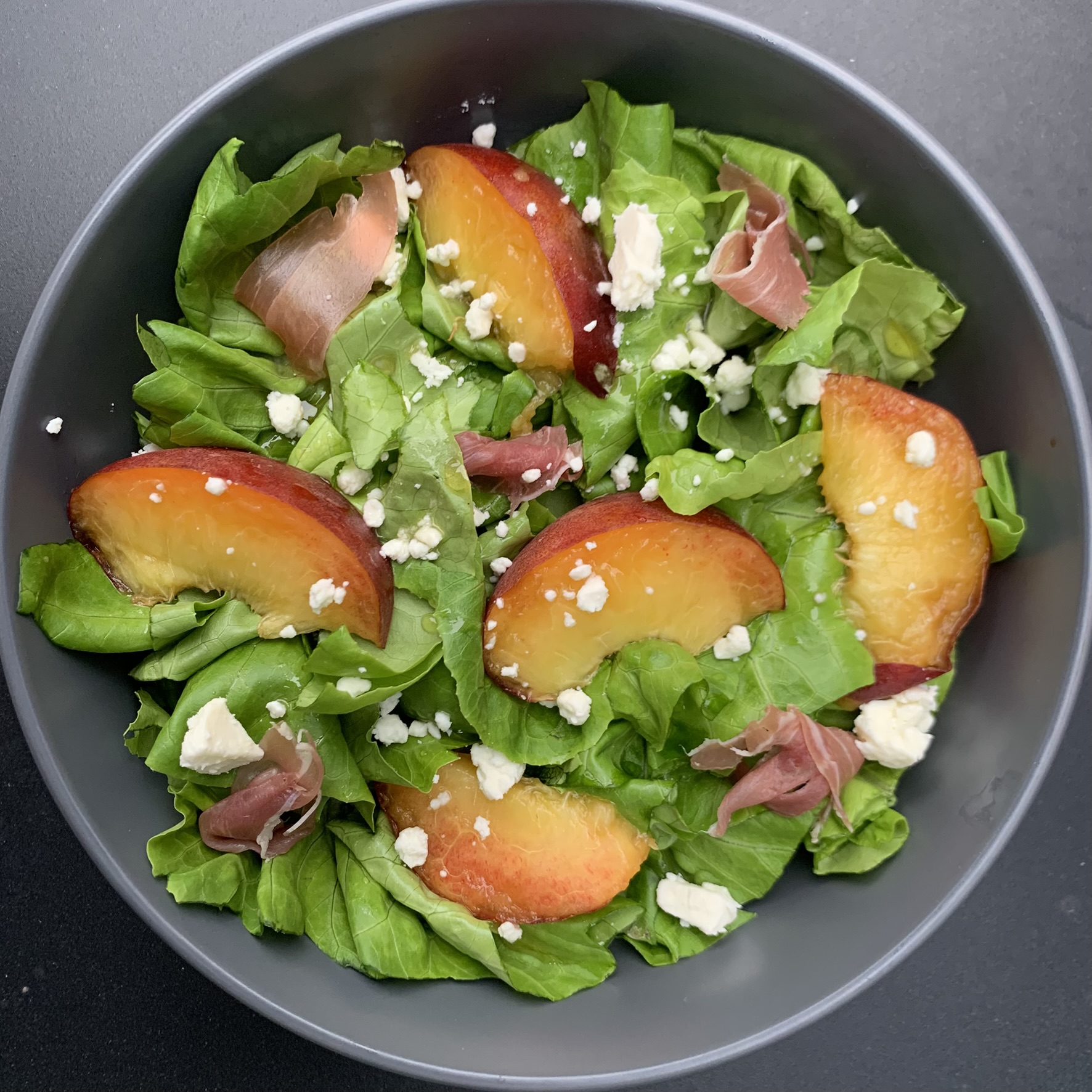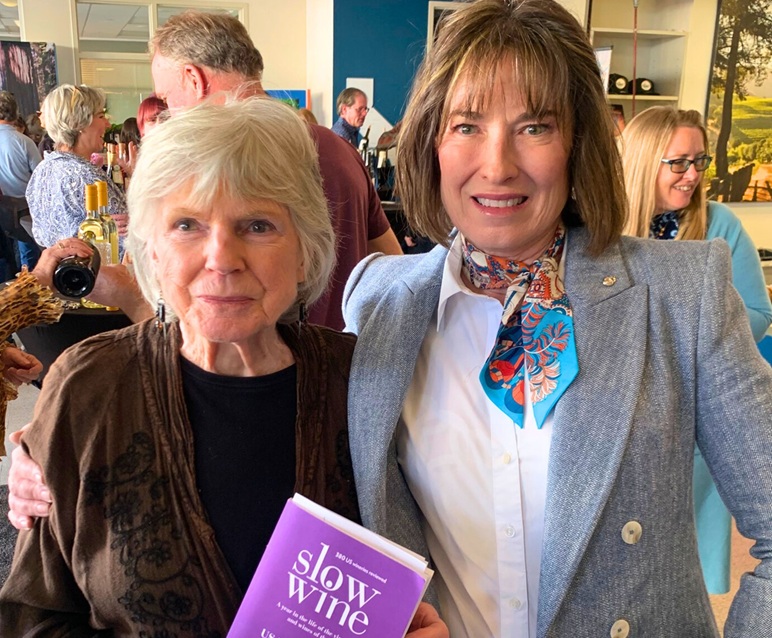Techniques and tips from two local barbecue masters
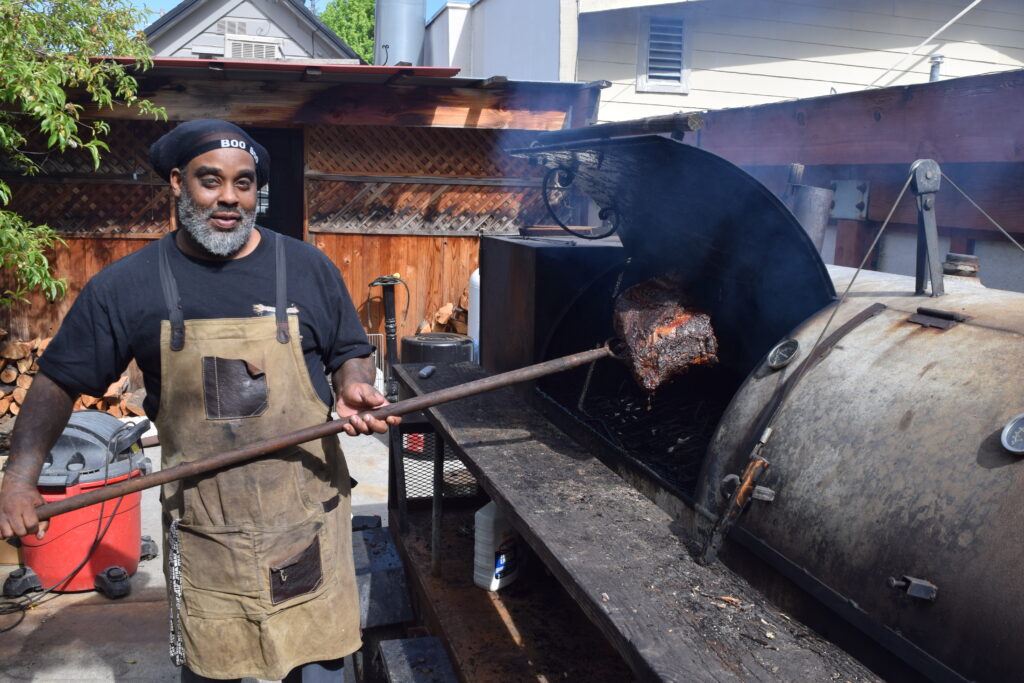
Let’s face it, life is too short for bad barbecue. It’s easy to throw some meat on a grill, but it can be difficult to make it truly delicious. It can also be polarizing; the U.S. has dozens of regional variations of barbecue, and each one claims to be the best. Furthermore, everyone has their own opinion on the “best” sauce, the “right” way to smoke brisket, or the most “appropriate” side dishes to serve with your main course.
They are all correct, actually. The beauty of barbecue is that you get to experiment and decide what pleases your own palate. Is it a tangy sauce, or a smoky one? A fat burger, or a flat one? A well-done steak, or a rare one? Griddle, grill, or smoker? The choices are endless.
However you do it, do it well. For inspiration, we talked to two local barbecue masters: Gane Jackson from Smokey’s BBQ in Willits, and Carl White from Danny’s Roadside Kitchen in Lower Lake. Their styles couldn’t be more different, but they both offer valuable tips and techniques to help you learn how to barbecue like a pro and get the most out of your summer barbecue adventures.
Chicken
Prep is important with chicken (and other meats) to lock in flavors and moisture, according to Jackson. “One thing that people mess up on a lot is they don’t sear it first,” Jackson said. “They don’t sear on their juices and sear on the flavor.”
“My trick is always I use the skin side up first and then let the fat render out of the skin, and then I’ll flip it over, and that will prevent the chicken from sticking to the grill and falling apart,” he added. “Also, most people pull their chicken too early from the grill. And that’ll lead to shredding. When it’s done on the bottom, it will just come right apart. It’ll come right off, and you won’t have to worry about a thing.”
White recommends using the chicken thigh, rather than the breast or wing, to dramatically decrease your chances of ending up with bland, dried-out meat. “People tend to overcook chicken, and that’s the reason it’s dry,” White said. “But chicken thighs don’t dry out. You can take a chicken breast and cook it the same way you cook a chicken thigh, and the chicken thigh is going to have a lot more moisture and flavor than chicken breast.”
Steak
“Steaks are more forgiving than chicken,” Jackson said. “A lot of people like them on the medium to medium-rare side, so you don’t really have to worry about internals too much on them. But you don’t want to constantly flip your steaks. You want to flip them two times, but rotate 45 degrees in the middle, to get those beautiful grill marks.”
Jackon also has a trick to test “done-ness.” “I open my palm, and start with the flesh under my thumb,” he said. “I work my way to the center of my hand. The flesh under my thumb is the same color as rare meat, and the flesh in the center of my hand is the same as well-done meat. You can find your happy medium somewhere in the middle.”
White concurs that it’s important to get steak right. “My wife married me because of the way I cook the steak,” he confessed. “I won her over by the way I cook. But I understand that people have a hard time with steak.”
Burgers
“The trick with burgers is to never, ever smash them,” Jackson said. “I put a dimple in the center of the burger with my thumb. That way it expands, stops it from shrinking up, and it won’t puff up. Also, you should only flip a burger once. After about seven or eight minutes, flip it over, and then let it finish on the other side.”
Jackson uses the rule of thumb, literally, to get the optimal thickness for his patties, and another simple hack to ensure they are perfectly round.
“I use my thumb to measure the height,” he confesses. “That always works out great.”
To make the patties uniform, he turns a can upside down and uses the rim like a cookie cutter. “You want to cut it so it’s just a little bit bigger than the bun, so when it shrinks up on the grill, you get a rim-to-rim burger. There’s nothing worse than a burger that’s hiding in the middle of the bun, and all you get in the first three bites is mouthfuls of lettuce and tomato.”
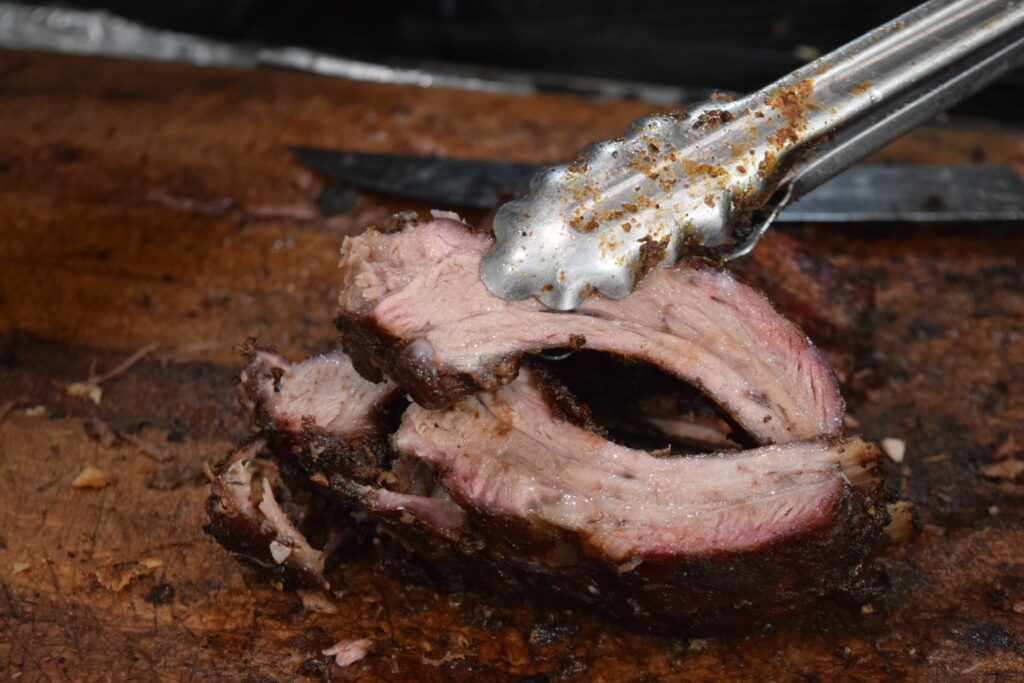
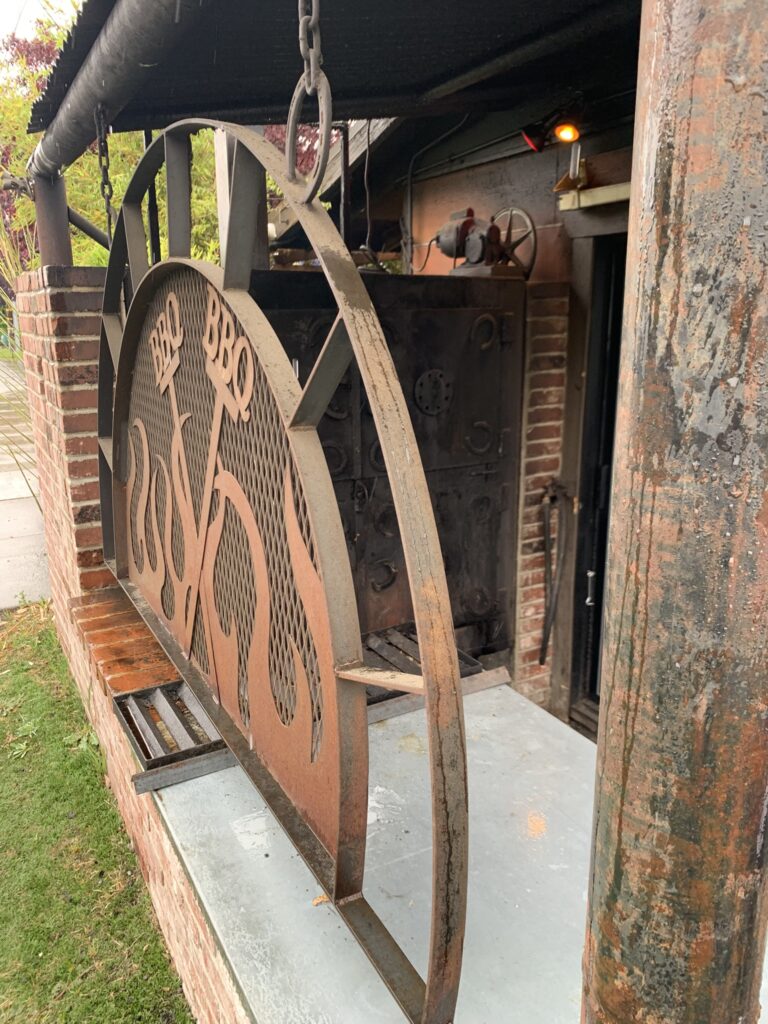

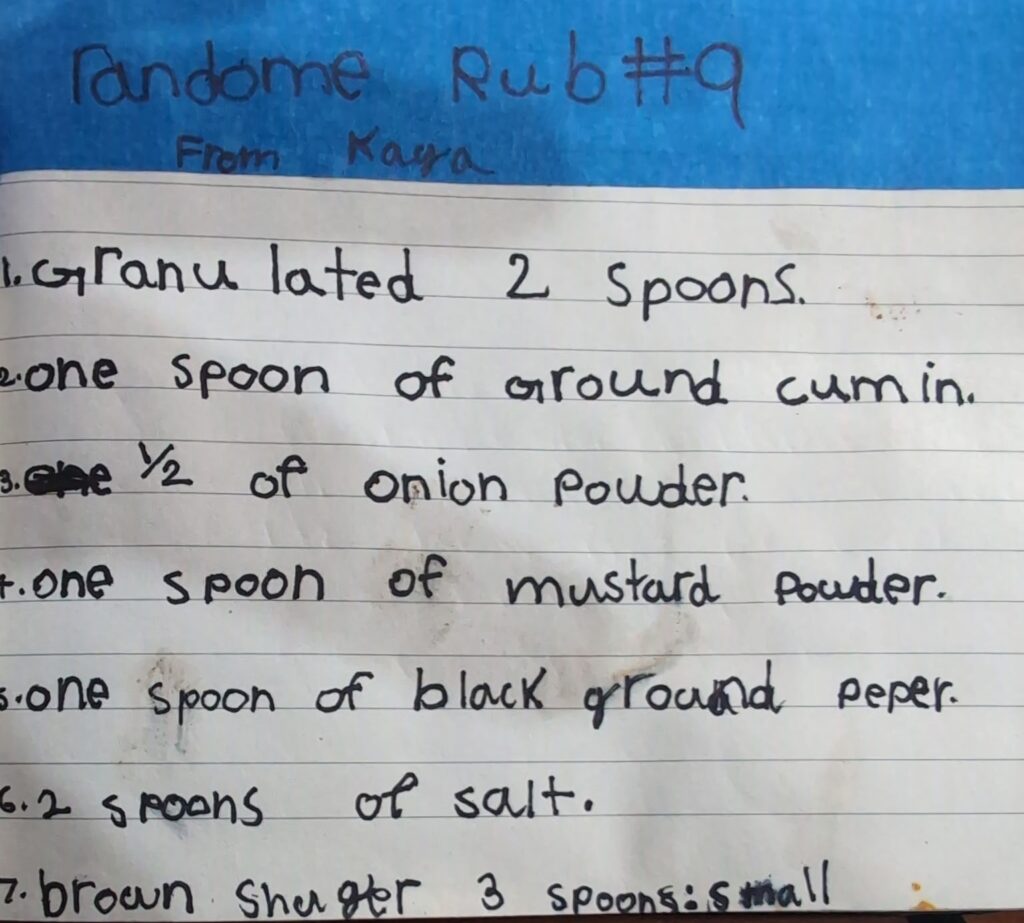
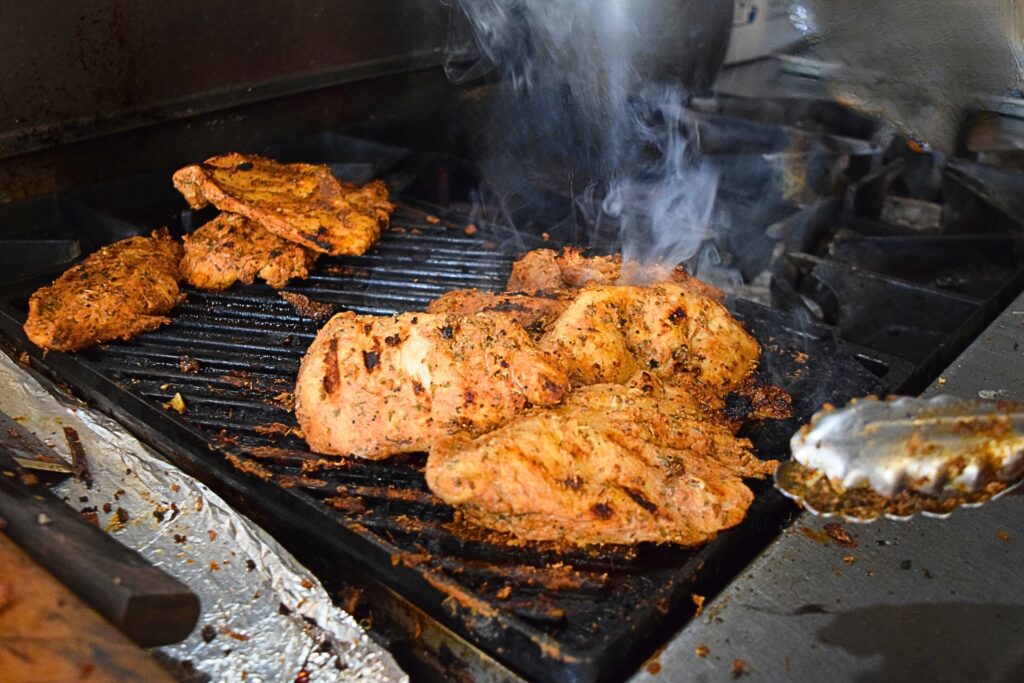
Ribs
Boiling ribs for about 45 minutes before barbecuing is considered sacrilege by some experts, who feel that it ruins the texture and causes the flavors to leach out of the meat. We think the trade-off is worth it for the increased tenderness that boiling creates, and you can always add more flavor in your sauces and rubs. We’ll leave it up to you to decide which method you prefer, but whatever you do, make sure to let your ribs get to room temperature before doing anything with them.
“A lot of people make the mistake of taking the ribs right out of the ice box and putting them straight on the grill,” White said. “I put mine in the sink and add some salt, a little bit of sugar and some bay leaves, and let them set for maybe 10 or 15 minutes. That helps open up the pores so that when you put your rub on, the meat absorbs it better.”
Rubs & Seasonings
“Your rub should complement your barbecue sauce, because you don’t want them to mismatch,” White said. “For example, at the restaurant I use an apple-based barbecue sauce, which is a little sweet. So I make my rub a little bit more spicy. That way one plays off the other. But if you have a spicy barbecue sauce, then you don’t want a real spicy rub, because that would be going overboard.” White is a fan of ingredients like Scotch Bonnet and habanero peppers, apple cider vinegar, and fruits like mangoes or pears.
Rubs should also match the meat they are applied to, White added. He prefers more pepper in a rub for steak or other red meats, and less for chicken and pork. But most importantly, don’t be afraid to go big on flavor. “I feel like people under-season food all the time,” he said. “You should build layers with seasoning as you’re cooking. Everything you do should be about building layers with seasonings so when it finishes, it doesn’t need anything else.”
Barbecue sauce: Build or buy?
White is a proponent of cooking – rather than “assembling” – barbeque sauce, because it provides a much richer, textured flavor.
“Sure, you could take a bunch of ingredients from the store, like ketchup and seasonings, and mix them together for five minutes and call it barbecue sauce,” he said. “But it’s much more satisfying to make your own at home. You just need to combine all ingredients in a pot and boil them like you were making a pot of beans. ”
White suggests starting with vinegar, apple sauce, tomatoes, onions, peppers, brown sugar and even a fruit like mango or pear, and reducing it down until all the ingredients meld together and you are left with a silky, velvety mixture. Google “barbecue sauce,” find a recipe that resonates with you, and use it as a starting point. Tweak it a little bit this way or that way, and call it your own.
If you don’t have the time or inclination to make your own sauce, Jackson suggests buying a quality off-the-shelf brand and “brightening it up” to your liking. Adding a little beer or lemon, for example, can jazz up the flavor nicely.
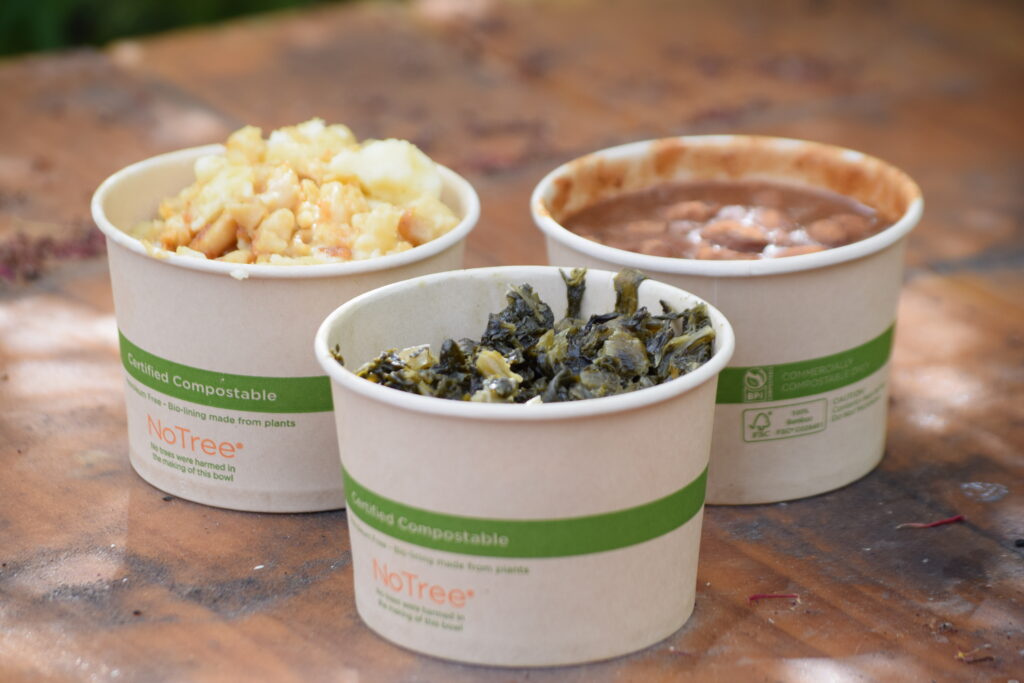
Elevate Your Sides
Potato salad: If you like your potato salad on the softer side, use Yukon Gold potatoes. They make really good creamy potato salad because they break down in the middle a little bit. But if you prefer the classic chunky potato salad, use russet potatoes. Other types of red potatoes hold too much water, Jackson says. And don’t forget to season it well – paprika is always a winner. TIP: If you’re making a TON of potato salad, save time by boiling the potatoes whole, letting them cool, then cutting them. It cuts out one step in the process.
Macaroni & cheese: If you want to elevate your mac & cheese game beyond boxed Kraft, Jackson suggests experimenting with different cheeses and sauces. He prefers a bechamel sauce (flour, water, butter and milk) with cheddar and Monterey Jack, but any cheese you like is the best choice. Jackson also advises using a lot more salt and pepper than you’re used to, unless you’re using a salty cheese like Gruyere and pecorino.
Cole slaw: There are two things to be careful of when making cole slaw: not to make it too soft and mushy, nor too crisp and crunchy. There is a happy medium. To ensure your cole slaw is not too watery, degorge or “rest” your vegetables first by mixing them with the salt from the recipe, then draining them in a colander for 15-30 minutes before proceeding. To make sure it’s not too crispy, dial back the mayonnaise, and consider using a cooked vinaigrette instead of straight vinegar. It will soften up the cabbage while still providing that satisfying tanginess.
Smokey’s BBQ is located at 42 S. Main Street in Willits. For more information call 707-409-4331 or visit Facebook.com/707MendoBbq.
Danny’s Roadside Kitchen is located at 9800 Hwy. 53 in Lower Lake. For more information call 707-701-6025 or visit Facebook.com/DannysRoadsideKitchen.
